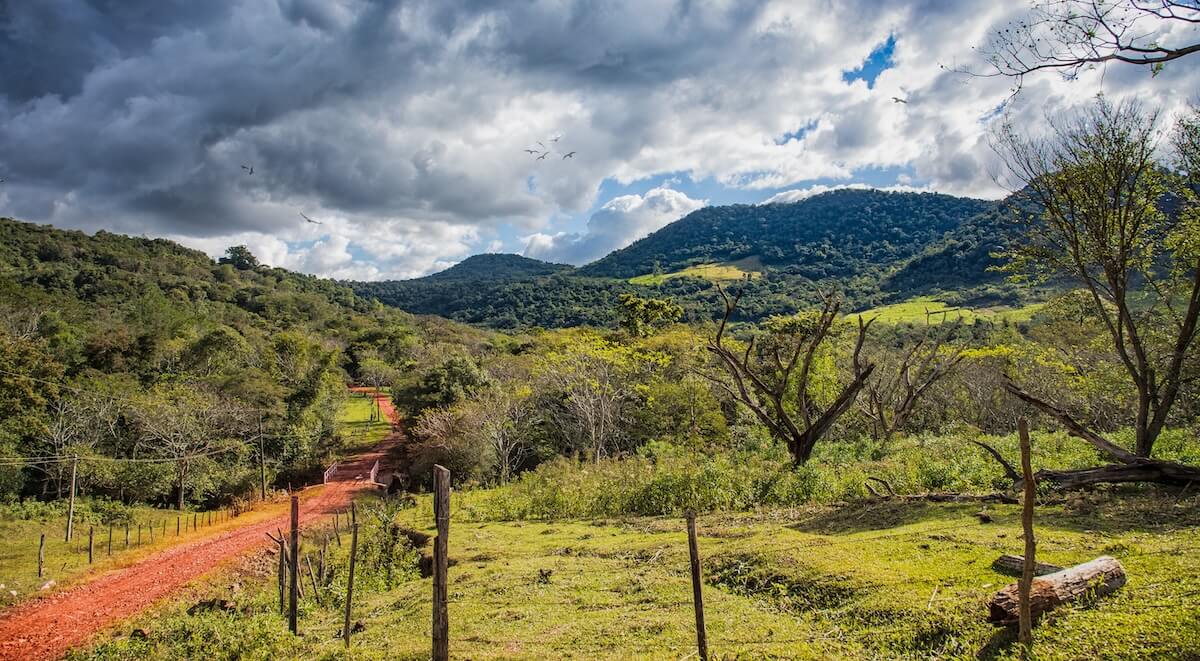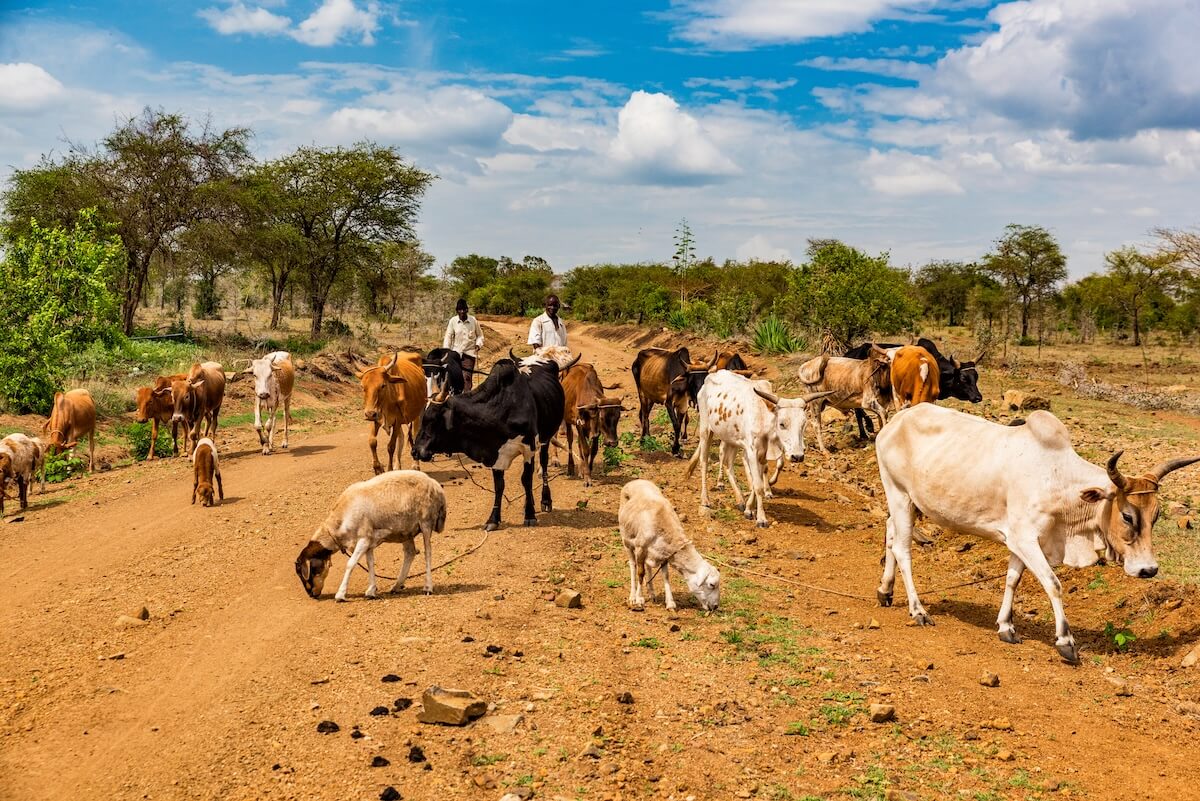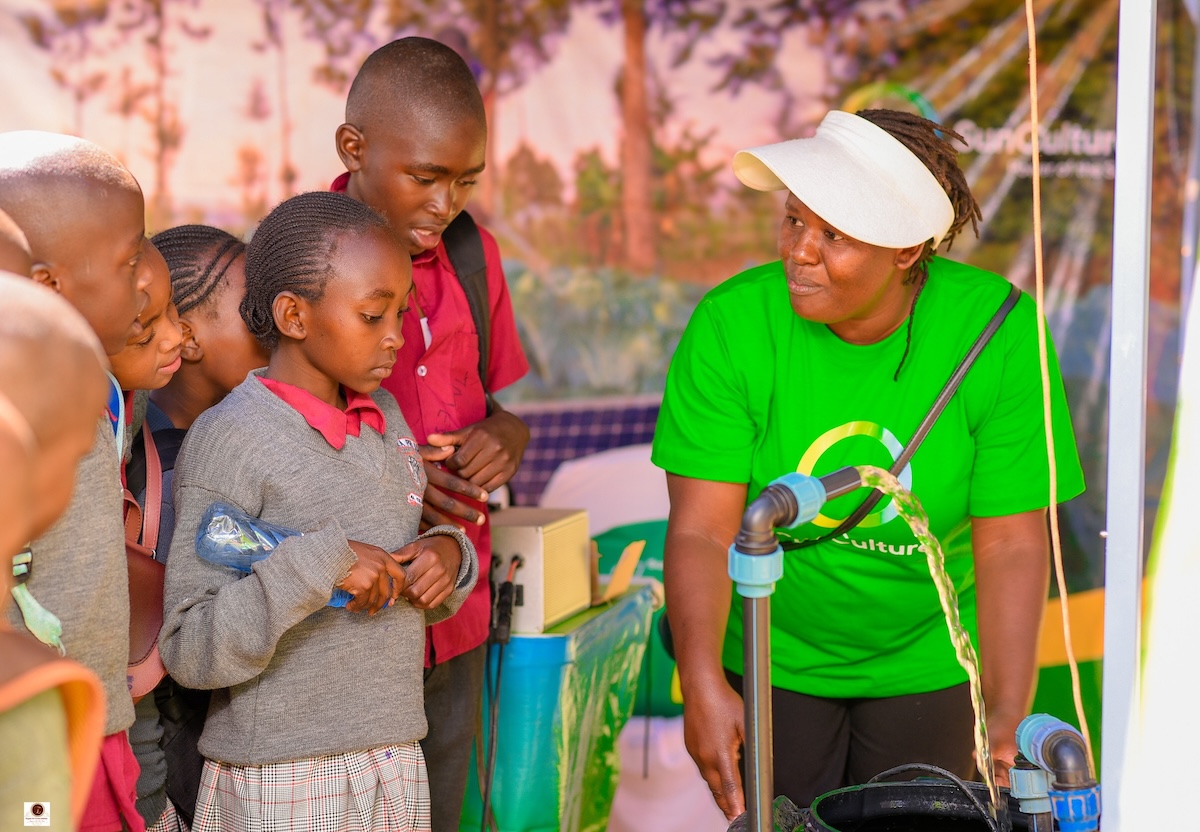ImpactAlpha, April 18 – Resilience is the solution to another disruption. Russia’s invasion of Ukraine is raising the value of local food security, distributed clean energy and even access to independent, credible news and information.
The war is upending global food supplies along with energy, causing steep price hikes and widespread shortages. A U.N. report said last week found that up to 1.7 billion people face food, energy and finance disruptions.
Just as the Covid pandemic massively accelerated the digitalization of small and growing businesses in emerging markets, the war in Ukraine is speeding a long overdue upgrade across agricultural, energy and market mechanisms themselves.
The rapid innovation in response to Covid and Ukraine suggests pathways for adaptation to an even broader disruption: climate change.
Agents of Impact Call No. 41 will challenge investors and policymakers to seize the opportunity for a systemic upgrade. The Call, Tuesday April 19, will feature Nuveen’s Rekha Unnithan, Lightsmith Group’s Jay Koh, Apollo Agriculture’s Benjamin Njenga, USAID’s Songbae Lee and Resilience Capital Ventures’ Gillian Marcelle (RSVP).
For such an upgrade to move from loss-mitigation to transformative change will require both global leadership and bottom-up mobilization. Equitable adaptation means designing adaptation solutions by, with and for low-income countries and communities that have had the least to do with creating the climate crisis but are hurt the worst by it.
Food insecurity, water insecurity, energy insecurity and housing insecurity are drivers of dislocation and migration, making social equity itself a form of climate adaptation even for higher-income countries and regions.
“While we are on the frontlines of the climate crisis, we are not on the front pages of the world’s newspapers,” Ugandan climate activist Vanessa Nakate, author of “A Bigger Picture,” told Trevor Noah. “Climate justice is only justice if every community, if every voice, is listened to, is amplified, especially people from the most affected areas.”
Smallholder farmers
Just as digitalization has begat new providers of business services and financing, the climate emergency is spurring long-overdue innovation in agricultural financing. The resilience of the world’s 500 million smallholder farmers’ resilience requires mechanisms to pay for better seed varieties, new technologies like solar-powered irrigation, and training for farming techniques to restore soil and protect watersheds.
As much as 80% of the world’s food is produced by smallholder farmers. Climate change could depress crop yields globally by up to 30% by 2050, according to the World Bank.
Among the companies supporting smallholder farmers’ shift to climate resilient techniques and products is Apollo Agriculture in Kenya. The company supports more than 70,000 smallholder maize farmers across Kenya with simple apps and feature-phone services that educate farmers about drought-resistant seed varieties and help them transition to more resilient and profitable crops.
“If you bundle inputs with financing so that farmers can afford the inputs during planting, those farmers are able to double or triple their production,” Apollo’s Benjamin Njenga told ImpactAlpha (see, “Apollo Agriculture is out to show how financing smallholder farmers can boost production and profits”).
Apollo offers access to credit and partners with agri-input distributors and insurance tech companies, such as Pula, to ease farmers’ logistical and financial burdens of trying out new seeds, crops and other technologies.
Other startups are opening new financial channels to boost farmers’ climate resilience: DeHaat is helping smallholder farmers in India access low-cost credit and adopt climate-smart technologies by lowering transaction and marketing costs. Ecozen and SunCulture are enabling farmers in India and Kenya respectively to acquire solar-powered irrigation systems and cold storage. Micro-insurance companies like Pula and OKO Finance are protecting smallholder farmers’ incomes against drought and natural disasters.
Diverse sources of capital
U.N. Secretary General António Guterres has pressed for half of all climate financing to go to adaptation. Right now the level is something like 7%.
Climate change adaptation has attracted less than $500 million per year in private investment, according to the Climate Policy Initiative, but there are signals that some investors are beginning to step up.
Nuveen, the $1.3 trillion asset-management arm of TIAA, enlisted Shell Foundation to allocate $100 million in growth capital to companies helping vulnerable communities in Asia and Africa get clean energy and build resilience in the face of climate change. Nuveen made the commitment through Nuveen Global Impact, a dedicated private equity fund that raised $218 million in February.
Nuveen’s Rekha Unnithan said the asset manager had vetted companies in Shell Foundation’s portfolio, many of which target the new fund’s strategies in agri-renewables, agri-finance, energy for business, mini-grid renewables, mobility and off-grid utilities. She said the partnership would help Nuveen more efficiently “deploy capital into leading companies that are disrupting traditional value chains and providing valuable products and services to emerging markets consumers.”
The Lightsmith Climate Resilience fund, one of the first private-equity growth capital fund focused on climate resilience, has raised an initial $186 million to invest in water management, resilient food systems, agricultural and supply chain analytics, satellites and sensors, and catastrophe risk modeling.
“Climate impacts are happening now, and the solutions are out there,” says Lightsmith’s Sanjay Wagle. “It’s not about hunkering down behind bigger sea walls, but about using these technologies to be smarter about how businesses and communities plan, how they invest, how they operate.”
To help crowd in more commercial investors, the U.N.’s Green Climate Fund put up an initial $46 million in first-loss capital, and authorized as much as $100 million in such catalytic capital. The Rockefeller Foundation, through its Zero Gap Fund, along with the Nordic Development Fund and the government of Luxembourg also provided first-loss capital.
“We are aiming for technologies that can get us through this challenging set of conditions to a better set of outcomes for more people and we think that’s good for people and very valuable for investors,” says Lightsmith’s Jay Koh, who founded the fund with Wagle.
In countries where market ecosystems are weak, “non-financial forms of capital may even be more important than financial capital,” says Gillian Marcelle of Resilience Capital Ventures. Investment strategies should include training, workforce development, systems sharing and personal development, says Marcelle, whose Triple B Framework addresses bottlenecks, blind spots and blended finance.
Effective climate resilience investments in emerging markets, she says, require “removing bottlenecks and blind spots that get in the way of flourishing economies and societies, by mobilizing diverse sources of capital, including knowledge, political and social capital.”











